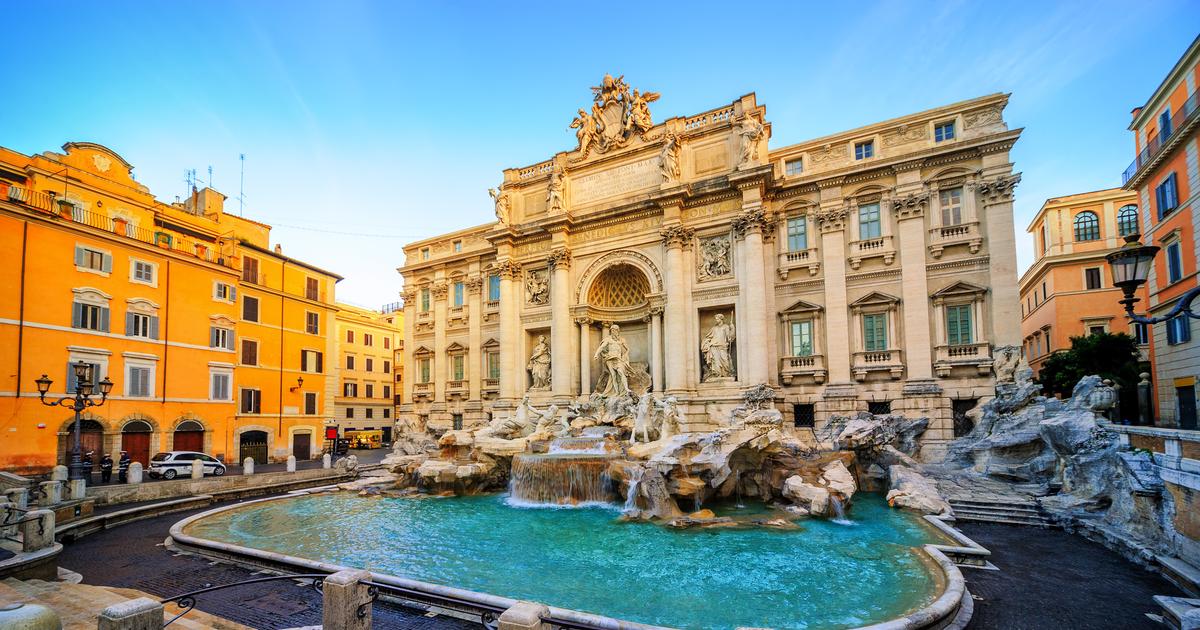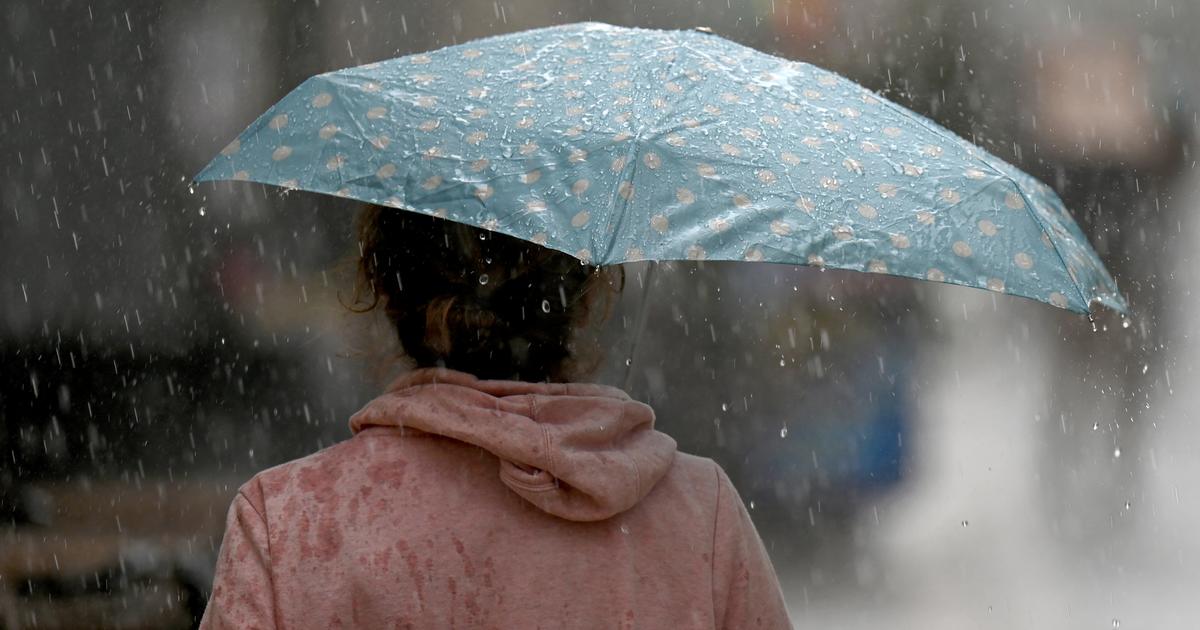Italy's climate varies greatly by region.
The north of the country experiences cold winters and hot and humid summers, while the temperatures get milder as one descends towards the heel of the Boot.
Discover the country of la
dolce vita
according to the weather by season and your travel desires.
To discover
Trips to Italy: tailor-made tours, hotels and stays from our partners
Read alsoWhich are the most beautiful cities in Italy to visit?
When to go to Venice and northern Italy?
For its architecture as for its history, the Rialto is the best known of the four bridges of the Grand Canal in Venice.
Pavlo Vakhrushev / stock.adobe.com
In the Dolomites, the climate is typically alpine, characterized by low winter temperatures, with minimums below 0°C, and hot summers, with mercury reaching 30°C.
Winter is the best time for ski enthusiasts who can hurtle down the superb slopes of the region, or those of the Aosta Valley.
Spring and autumn, on the other hand, are the ideal seasons to visit Venice and Veneto in general and admire the gondoliers strolling lovers between the picturesque canals.
The winter is rather cold and wet but the thermometer rarely drops below zero.
The advantage of a winter stay in the floating city is that there are no big crowds, except during the famous Carnival of Venice which is held in February, an unmissable event.
Spring and the
Read alsoTravel diary in the grandiose mountains of the Dolomites
When to go to Florence and Tuscany?
The Ponte Vecchio over the Arno, in Florence.
Stanislas Fautré / Le Figaro Magazine
Tuscany, with its rolling hills covered in farmland and cross-hatched vineyards, is a destination that can be visited in any season.
Spring attracts classical music lovers who come to admire the performances of world-renowned artists during the
Maggio Musicale Fiorentino
.
A few weeks later, the spotlight shifts to the
Palio di Siena
, which takes place on July 2 (and repeats on August 16) in Piazza del Campo.
The winter season, despite cool temperatures, is ideal for visiting Florence and enjoying its exceptional museums, such as the Uffizi Gallery and Palazzo Vecchio, without the hectic crowds.
Read alsoIn Florence, five addresses to get up to speed
When to go to Rome and the Vatican?
St. Peter's Square, the Sistine Chapel... The smallest state in the world with 44 totally independent hectares in the heart of Rome, the Vatican is full of gems to visit.
Givaga / stock.adobe.com
Rome enjoys a temperate Mediterranean climate.
Spring is the best time to visit the Eternal City and discover its wonders, from the Colosseum to Vatican City, including the Roman Forum and the iconic Trevi Fountain.
Winter is rather mild in the capital, although it is quite rainy and characterized by sudden peaks of cold.
The summer is hot and dry but the city does not suffocate thanks to the north and west winds like the
Maestrale
, the
Libeccio
and the brisk
Ponentino
.
When to go to Naples and southern Italy?
The capital of Campania fascinates with its frenetic traffic, its working-class neighborhoods and its many museums and art galleries.
frank peters / stock.adobe.com
The climate of southern Italy is typically Mediterranean, influenced by the Tyrrhenian, Adriatic and Ionian seas.
Summer is the best time to enjoy the wonders of the region and discover the charming villages of the Amalfi Coast such as Positano, as well as the ruins of Pompeii, but beware of the high influx of travellers.
Naples and Capri are marked by mild winters and hot summers, cooled by the sea breeze which makes it a pleasant destination in all seasons.
The wettest months in southern Italy are January, February and November.
To discover Puglia, it is better to favor the "
off season
" because in summer, it is a region very popular with locals.
In May, we discover it in a very pleasant way, it comes alive to the rhythm of the various traditional festivals;
Madonna del Soccorso, Madonna Incoronata, San Nicola and many more.
Read alsoCapri or Ischia?
Two neighboring islands with different beauties
When to go to Sicily?
Cefalù, an ancient fortified medieval fishing village in northern Sicily.
Anna Lurye
The mild climate throughout the year makes Sicily a "four season" destination.
You can go there in summer, to bask on the superb beaches of Taormina or Forgia Vecchia.
Autumn is ideal for visiting Palermo, Agrigento or Syracuse.
You can also go there in winter, especially during the Christmas period, and take the opportunity to see the living nativity scene of Custonaci, or in February to take part in the
Sant'Agata
festivities in Catania.
In spring, especially at Easter, you can attend the traditional rites that take place throughout the island.
Read also5 must-see sites in Sicily
When to go to Sardinia?
Both intact and wild, the small island of Spargi hides some beautiful coves.
scabrn / stock.adobe.com
Sardinia enjoys a temperate Mediterranean climate.
The Sardinian summer is hot but pleasant, thanks to the mistral, and characterized by low humidity.
If the bathing season, from June to October, is the best time to visit the island, the coasts of Sardinia are also pleasant in spring and autumn, when there are fewer tourists.
Winter is short, and only in the interior regions does it snow in the mountains and temperatures drop below zero.








